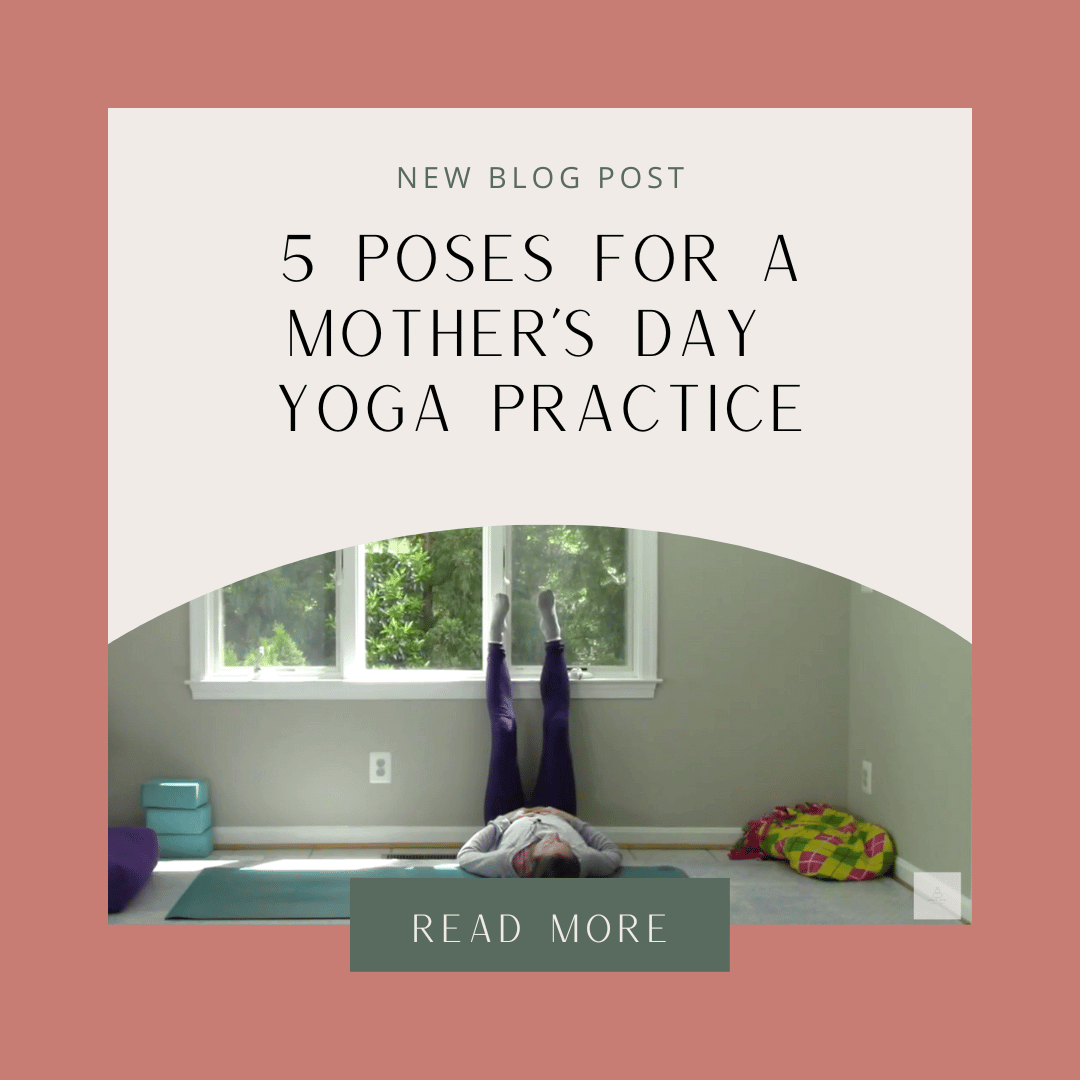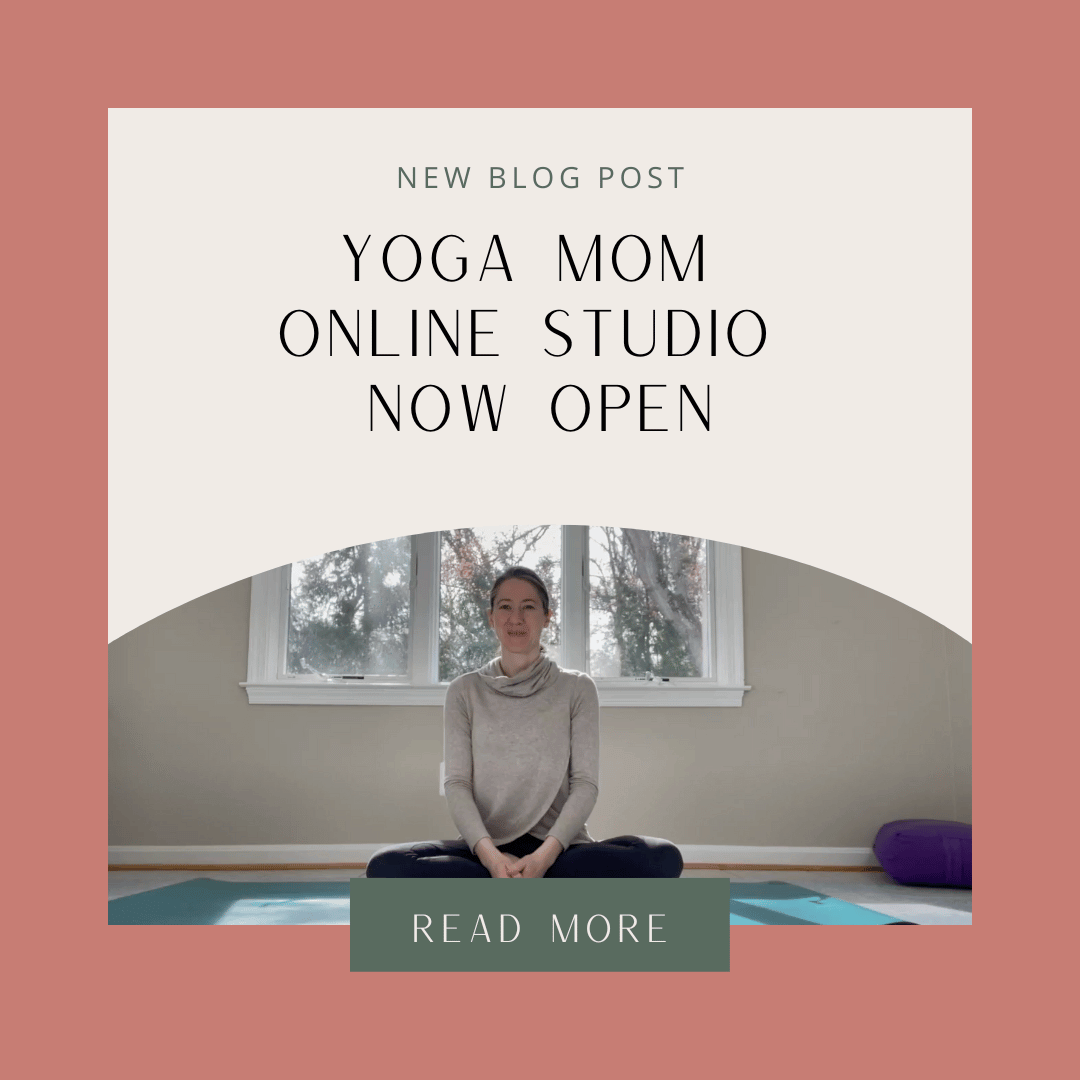More and more yoga is being recommended by doctors to manage stress, anxiety, and generalized pain. Yoga is a wonderful practice for those who suffer from the symptoms associated with stress and anxiety.
Considering the nervous system controls every other system in the body, the tools yoga offers are uniquely suited to address imbalances originating from the nervous system and the mind.
In fact, traditionally yoga practice was all about the mind and meditation. Today, many of us associate yoga with postures and movement. As the practice of yoga has evolved to meet the needs of our current times, so too must our approach evolve to meet the needs of people who are looking to use yoga for anxiety.
First, let’s look at the physiological basis for stress, anxiety, and yoga.
The brain, the neurons and their plan to control your body
Motor neurons communicate from your brain to your muscles and then back to your brain to create and stop movement.
Sensory neurons communicate from your skin, nose, eyes, ears, mouth and all over your body to your brain and back to help you experience the world through seeing, hearing, touching, feeling, tasting, smelling, and propriocepting (your ability to understand where your body is in space).
Parts of your brain control the secretion of your hormones, which in turn affects how you feel, how you digest, and how you metabolize.
When something doesn’t go right in the communication channel between your brain and its endpoint, you can start to experience discomfort, complications, pain, or even a more generalized, subtle feeling like something isn’t quite right.
Seriously, the brain controls EVERYTHING.
You’re in control – if you want to be
The awesome thing about the nervous system is there are scientifically proven ways to up regulate and down regulate the system. If we need energy, there are things we can do both consciously and unconsciously to get that energy. If our system goes haywire we can consciously practice calming down and remind our nervous system that everything is okay.
What is even crazier is how the mind can hijack control over the brain (it’s helpful to think of the mind as a separate entity from the brain). We can think something is wrong even if it isn’t and convince our brain to function like something is wrong. I’ll save that conversation for another day.
Chronic tension experienced in our body can result as a symptom of the nervous system being in overdrive for extended periods of time. When the nervous system isn’t getting signals from the body or mind to release control over the contraction of muscles, the muscles stay contracted and forget how to release. This causes tightness and can lead to adaptive shortening, or the shortening of the length of a muscle on a more permanent basis. So if you’re chronically “tight,” that may be a sign that your nervous system isn’t telling your muscles that it’s okay to let go a little! Luckily, all of this can be undone if you know what to do and have access to the right tools.
The difference between anxiety and stress
Anxiety can be differentiated from stress as a generalized feeling that something isn’t quite right, whereas stress is more often defined as our body/mind reaction to a particular event. For example, if there is a strict deadline for a project at work, you might feel stressed about meeting that deadline. But once the deadline passes, theoretically the stress goes away. If it spills over and becomes a generalized norm, or you start feeling stressed for no particular reason, this would be considered anxiety.
Anxiety and stress are byproducts of the nervous system malfunctioning. This is good news because there is so much we can do to work with the nervous system to calm things down.
7 ways you can down regulate your nervous system with yoga
- Breath work has been scientifically proven to help activate the parasympathetic nervous system, which regulates the rest & digest response. But just breathing isn’t enough. Breathing correctly with a pattern that emphasizes the full and efficient use of your diaphragm to expand the belly on an inhalation will give you the most bang for your breath bucks.
- Supportive relaxation, like a restorative practice, or any type of support you give to your body to help it fully relax over a longer period of time will help induce full-body relaxation. Long holds in supported positions (5 minutes or more) gives your body the time it needs to really release long-held tensions in both the body and the mind.
- Concentration can be a great practice on the path to meditation, which relaxes both your body and mind. Concentration practices include mantra or focusing all of your awareness on your breath or one object.
- Sound is a wonderful way to down regulate the nervous system as vibration patterns can recalibrate cells and relax responses happening in your body at any given time. You can listen to nourishing, soothing sounds, sing/chant, or immerse yourself in a sound bath of gongs, singing bowls, harmonium, or other vibratory-rich experiences.
- Movement can be a great way to quell anxiety as well, but only if that movement is slow, gentle, intentional, and involves repetition rather then long holds so that you combat any inflammation your body may be fighting against. Any movement that causes more stress and tension or up regulates your nervous system will only contribute to more sympathetic (up regulating) responses from the brain.
- Self-massage with the therapy balls is a great way to down regulate and benefit from soft tissue work as long as you are careful not to induce more pain and inflammatory response.
- Positive affirmations and a positive mindset will go a long way in helping your thoughts to steer your nervous system in the right healing direction. This isn’t something that will change overnight, but it’s long-term effects are great.
All of these tools are yogic tools you can employ to help reduce the stronghold symptoms of anxiety have over your nervous system and your brain. Remember, everything is interconnected, so feeling anxious on a regular basis can eventually lead to inflammation and pain, which could potentially lead to disease down the road if left untreated.
Don’t let anxiety and stress become your new norm. Take control and believe that there is a different/better way to live!
Here’s a breath and movement-based practice to try!
Namaste.





